![Balancing Between Creativity and Functionality in UI/UX Design Projects [2025] 1 Post thumbnail](https://www.guvi.in/blog/wp-content/uploads/2024/01/Feature-image-Balancing-Between-Creativity-and-Functionality-in-UIUX-Design-Projects.webp)
Balancing Between Creativity and Functionality in UI/UX Design Projects [2025]
Jan 16, 2025 5 Min Read 4104 Views
(Last Updated)
Imagine design & UI/UX as a conversation between the creator and the user. On one side, there’s the language of aesthetics – the vibrant colors that speak to our emotions, the typography that tells a story, the imagery that captures our imagination. These elements are the voice of the design, inviting users into a world that’s visually enchanting and emotionally resonant.
On the other side of the conversation is functionality – the clear, logical structure that guides the user effortlessly, the intuitive navigation that feels like second nature, and the seamless interactions that make the experience enjoyable and meaningful. This part of the design listens, understands the user’s needs, and responds with simplicity and efficiency.
But how do we ensure this conversation between creativity and Functionality in UI/UX design is balanced? How do we ensure that our unbridled creative voice doesn’t drown out the user’s needs and that our focus on functionality doesn’t stifle the warmth and humanity of our design?
In this post, we aim to delve into the various common challenges that arise when trying to strike a balance while incorporating creativity and functionality in UI/UX design. Our primary focus will be on understanding why these design choices frequently result in user alienation and confusion. By exploring these reasons, we hope to equip you with the knowledge to steer clear of similar mistakes in your own UX design projects.
“Design is not just what it looks like and feels like. Design is how it works. In the dance of creativity and functionality, the true art lies in making the complex feel beautifully simple.”
Steve Jobs
Table of contents
- The Intricate Dance of Creativity and Functionality in UI/UX Design
- I) The Essence of Creativity in Design
- II) The Bedrock of Functionality
- III) User-Centric Design: The Heart and Soul
- IV) The Synergy of Collaboration
- V) Embracing the Iterative Process
- VI) The Aesthetics-Functionality Spectrum
- VII) Navigating Creative Boundaries
- When the Systematic Approach Takes Precedence Over Creativity
- Consequences of Over-Prioritizing Systematic Approach
- Checklist to Balance Systematic Approach
- When Leaning Too Heavily into Creativity and Innovation
- Consequences of Excessive Emphasis on Creativity
- Checklist to Balance Creativity and Innovation
- Challenging Conventional Design: Is It Worth It?
- How do you balance creativity and functionality in a UI/UX project?
- Can a design be too creative or too functional? What are the signs?
- What role does user testing play in achieving the right balance in UI/UX design?
The Intricate Dance of Creativity and Functionality in UI/UX Design
As UI/UX designers, you’ll come to appreciate the delicate interplay between creativity and functionality. It’s a dance where each step, each decision, must be carefully choreographed to create designs that not only captivate but also function seamlessly.
I) The Essence of Creativity in Design
Creativity in UI/UX design isn’t just about making things look pretty. It’s about thinking innovatively to solve user problems in ways that delight and surprise. This involves pushing boundaries, experimenting with new ideas, and often, taking risks. However, the challenge lies in ensuring that this creativity doesn’t compromise the usability of the product. It’s about finding that sweet spot where design elements are not only visually stimulating but also contribute meaningfully to the user experience.
Explore 8 Stunning UI/UX Design Examples To Get You Inspired
II) The Bedrock of Functionality
Functionality is the cornerstone of good design. No matter how visually appealing a product is, if users struggle to navigate it or don’t understand how to use it, the design fails its fundamental purpose. Functionality means creating intuitive, accessible, and practical designs that serve the user’s needs efficiently. It’s about making complex systems feel simple and ensuring that the user’s journey through the product is smooth and logical.
Consider the case of Loren Brichter, an American software developer. He played a pivotal role as the lead developer of the social networking management client Tweetie, which Twitter acquired in 2010. More notably, Brichter is renowned for creating the “pull-to-refresh” gesture, a feature now integral to the functionality of countless smartphone applications and used by millions worldwide.
![Balancing Between Creativity and Functionality in UI/UX Design Projects [2025] 2 The Bedrock of Functionality](https://www.guvi.in/blog/wp-content/uploads/2024/01/bbf16b54-22a0-4c74-85db-b7fedd39fbd7-300x221.jpg)
Also Read | Top 10 UI/UX Project Ideas for Beginners
III) User-Centric Design: The Heart and Soul
At the core of every design decision should be the user. This user-centric approach involves deeply understanding and empathizing with the users – their needs, their pain points, and their behaviors. It’s about stepping into their shoes and viewing the design from their perspective. Incorporating regular user testing and feedback is crucial in this process. It helps refine both the creative and functional aspects of the design, ensuring that the final product truly resonates with the user.
Know More: Top 10 UI Design Patterns: Creating Intuitive and Engaging User Experiences
As we proceed to the next phase, make sure you understand the fundamentals of UI/UX, which includes heuristic analysis, journey maps, testing, etc. If you want to explore more about it, join GUVI’s UI/UX Course with Placement Assistance. You’ll also learn about the tools used in UI/UX which are AdobeXD, Illustrator, Photoshop, Figma, and many more. Build some amazing real-time projects to get hands-on experience.
Also, if you want to explore Figma through a Self-paced course, try GUVI’s Figma certification course.
IV) The Synergy of Collaboration
Design is seldom a solo journey. It thrives on collaboration – the coming together of designers, developers, stakeholders, and users. This collaboration is a melting pot of ideas, perspectives, and skills, leading to more balanced and comprehensive designs. Encouraging diverse perspectives in the design process not only fuels creativity but also ensures that the functionality is grounded in varied user experiences and technical feasibility.
V) Embracing the Iterative Process
Design is an iterative process. It’s about prototyping, testing, learning, and iterating. This cycle is essential in balancing creativity with functionality. Each iteration brings new insights, helping fine-tune the design. It’s a process of continuous refinement, where both aesthetic elements and usability are polished over time.
![Balancing Between Creativity and Functionality in UI/UX Design Projects [2025] 4 creativity_and_functionality_in_UI/UX_Design](https://www.guvi.in/blog/wp-content/uploads/2024/01/Screenshot-2024-01-09-at-5.08.38 AM-300x248.png)
VI) The Aesthetics-Functionality Spectrum
In the world of UI/UX, aesthetics and functionality are not mutually exclusive; they are two ends of the same spectrum. Aesthetics draw users in, creating the first impression and emotional connection. Functionality, on the other hand, ensures that this initial engagement is not fleeting. It’s about designing experiences that are not only visually appealing but also intuitive and efficient to use.
VII) Navigating Creative Boundaries
Understanding the boundaries of creativity is crucial. It’s about recognizing when a creative element enhances the user experience and when it becomes a distraction or a hindrance. The best designs emerge when creativity is applied thoughtfully – not just for the sake of being different but to solve real, tangible user problems.
Also Read | 10 Real-World UI/UX Applications: The Magic of UI/UX
When the Systematic Approach Takes Precedence Over Creativity
A systematic approach is essential for ensuring usability and functionality. However, when this approach is prioritized at the expense of creativity, several issues can arise:
Consequences of Over-Prioritizing Systematic Approach
a) Conformity and Lack of Innovation: Adhering strictly to established methods can lead to designs that are efficient yet uninspired, lacking the innovation needed to stand out.
b) Over-Reliance on Best Practices: While best practices are important, relying on them excessively can result in generic designs that fail to address specific user needs or capture unique brand identities.
c) Limited Room for Iteration: A rigid systematic approach can restrict the flexibility needed for iterative design, potentially overlooking creative solutions that emerge through experimentation.
Also Read UI/UX Best Practices: Creating Exceptional Digital Experiences
Checklist to Balance Systematic Approach
✓ Encourage Creative Problem-Solving: Ensure that the design process includes opportunities for creative brainstorming and exploration.
✓ Evaluate Best Practices Critically: Assess whether established best practices align with the specific goals and context of your project.
✓ Flexibility in Processes: Incorporate flexibility in design processes to allow for iterations and refinements based on user feedback and creative insights.
| Parameter | Creativity Focus | Functionality Focus |
|---|---|---|
| Design Aesthetics | Innovative and visually engaging designs that capture user interest and imagination. | Clean, clear, and intuitive designs that facilitate easy navigation and readability. |
| User Engagement | Creating an emotional connection through unique and memorable experiences. | Ensuring user engagement through ease of use and clear, logical user flows. |
| Problem Solving | Applying creative thinking to find novel solutions to user problems. | Focusing on practical and efficient solutions that directly address user needs. |
| Usability | Balancing artistic elements with intuitive usability. | Prioritizing straightforward and accessible interfaces that users find easy to use. |
| Innovation | Pushing boundaries to introduce new concepts and ideas in design. | Implementing proven methods and technologies to ensure reliability and stability. |
| Cost and Time Efficiency | Considering the impact of creative elements on development time and budget. | Focusing on cost-effective and time-efficient design processes. |
| User Testing and Feedback | Gathering feedback on creative elements to assess their impact on user experience. | Using user feedback to refine functionality and improve user interaction. |
| Alignment with Goals | Ensuring creative elements align with the project’s overall vision and objectives. | Aligning functional aspects with the project’s goals and user requirements. |
When Leaning Too Heavily into Creativity and Innovation
While creativity and innovation are vital for captivating and engaging designs, overemphasizing these aspects can lead to its own set of challenges:
Consequences of Excessive Emphasis on Creativity
a) Usability Issues: Overly creative designs can sometimes become complex and confusing, hindering the user’s ability to navigate and interact with the product effectively.
b) High Development Costs: Innovative and unique design elements can be costly and time-consuming to develop, potentially impacting the project’s budget and timeline.
c) Risk of Misalignment: Creative designs that do not align with user needs or business goals can result in a product that is visually appealing but fails to resonate with the target audience.
Checklist to Balance Creativity and Innovation
✓ User-Centric Design Focus: Regularly validate creative ideas against user needs and preferences to ensure relevance and usability.
✓ Cost-Benefit Analysis: Weigh the benefits of creative features against their development cost and complexity.
✓ Alignment with Goals: Continuously check that creative elements align with the overarching goals of the project and enhance the overall user experience.
In both sections, the emphasis is on finding a middle ground where systematic approaches and creativity coexist harmoniously. The checklists serve as practical guides to ensure that designs are not only innovative and visually appealing but also user-friendly, functional, and aligned with project objectives.
Know More About Minimalism in UI/UX Design: Role and Importance for Design Career
Kickstart your UI/UX journey by enrolling in GUVI’s UI/UX Course where you will master technologies like AdobeXd, Illustrator, and Figma, and build interesting real-life UI/UX projects.
Alternatively, if you would like to explore Figma through a Self-paced course, try GUVI’s Figma certification course.
Challenging Conventional Design: Is It Worth It?
Venturing beyond the established norms of contemporary design always carries a certain level of risk. This post aims to provoke thought and offer guidance for those moments when you’re faced with the challenge of rethinking a familiar design feature or introducing novel ways for users to accomplish their objectives.
It’s important to remember that there’s nothing fundamentally wrong with the idea of reinventing the wheel. However, it’s crucial to validate that such innovations genuinely enhance your users’ experiences. Additionally, ensure that your fresh take on design is in harmony with your organization’s overarching goals and objectives.
Also Know About the Top 11 UI/UX Design Tools for 2025
Balancing creativity and functionality involves understanding and prioritizing user needs while allowing room for innovative design elements. It’s crucial to employ user-centric design principles, conduct regular user testing, and iterate based on feedback. The key is to ensure that creative elements enhance rather than complicate the user experience.
Yes, a design can lean too heavily on either side. A design is too creative when it prioritizes aesthetics over usability, leading to a confusing or inefficient user experience. Conversely, a design is too functional when it becomes overly simplistic or generic, lacking engagement or brand identity. Signs include user feedback indicating confusion or lack of interest.
User testing is pivotal in achieving the right balance. It provides direct insights into how real users interact with and perceive the design. Testing helps identify areas where the design may be too complex or too plain, allowing designers to make informed adjustments that align with both creative vision and functional necessity.




![Balancing Between Creativity and Functionality in UI/UX Design Projects [2025] 3 User-Centric Design: The Heart and Soul](https://www.guvi.in/blog/wp-content/uploads/2023/12/how_to_switch_to_a_career_in_ui_ux_design_.webp)






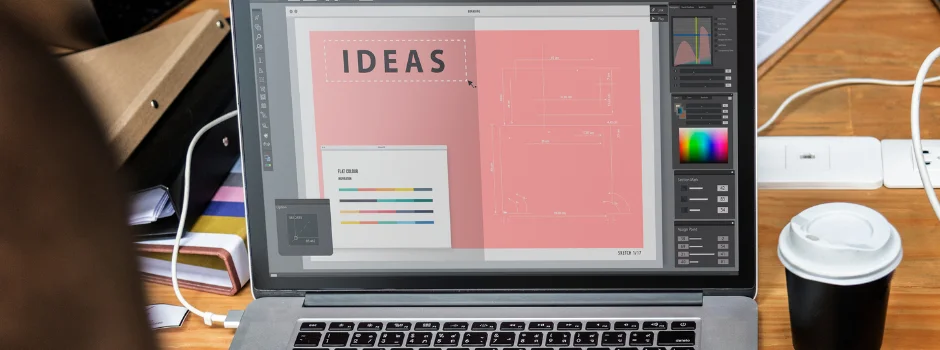
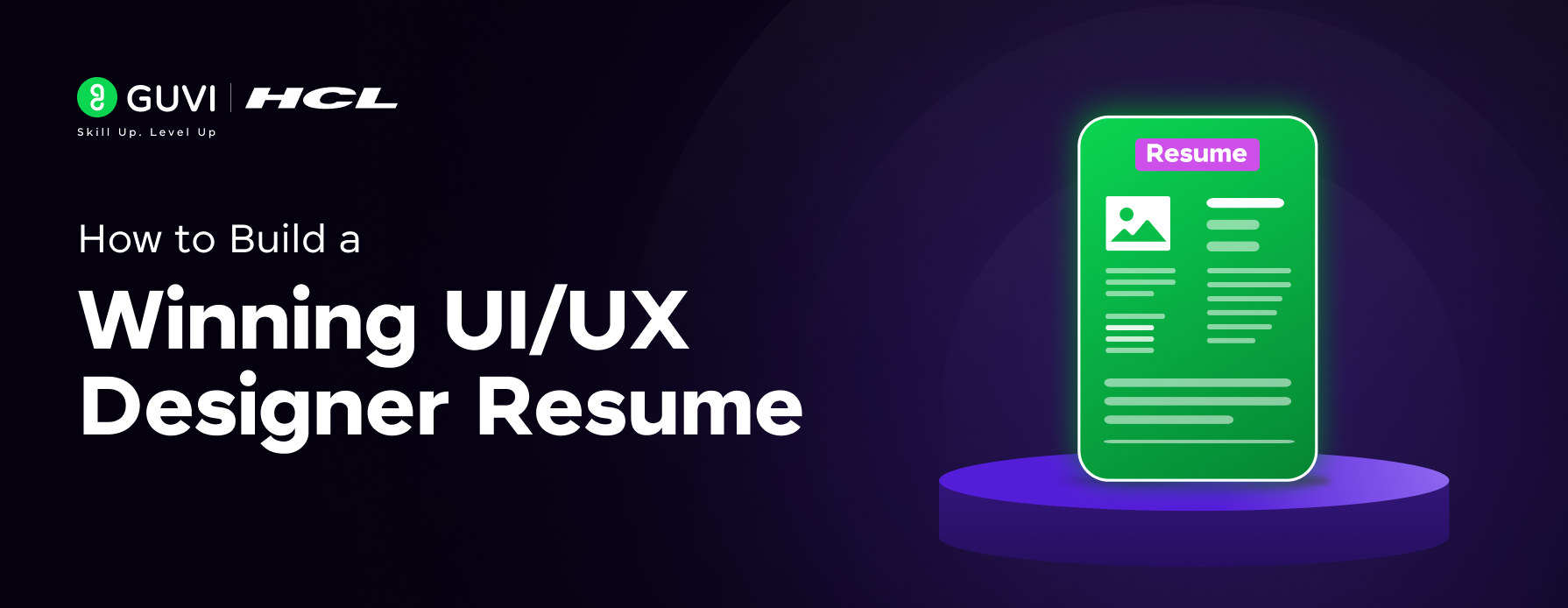

![What Does a UI/UX Designer Do? [Career Guide] 9 What does a UI/UX designer do?](https://www.guvi.in/blog/wp-content/uploads/2023/12/UX-Designer-Do_.webp)
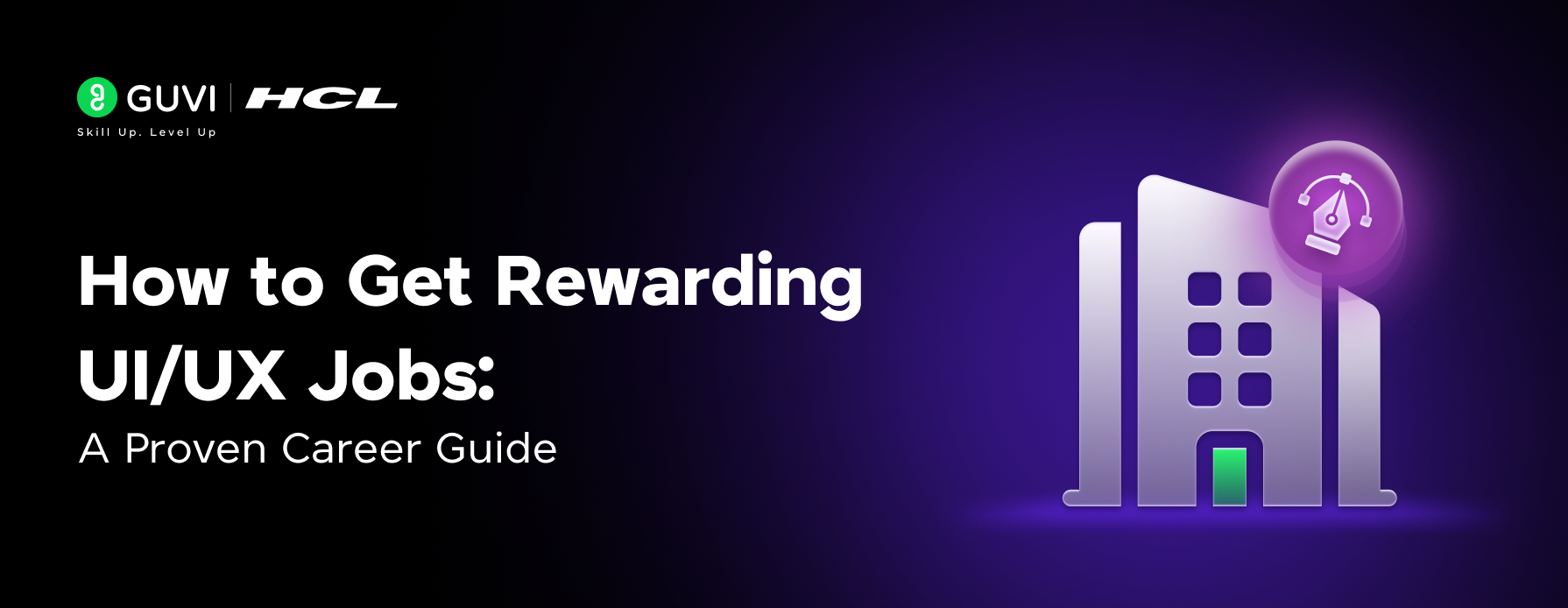
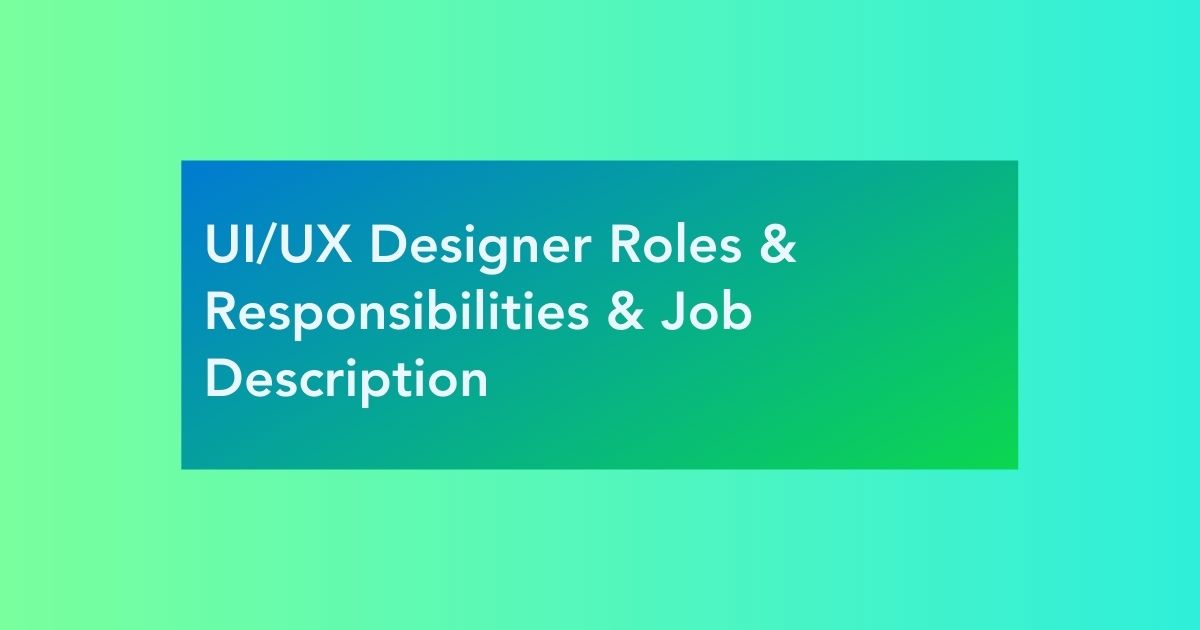
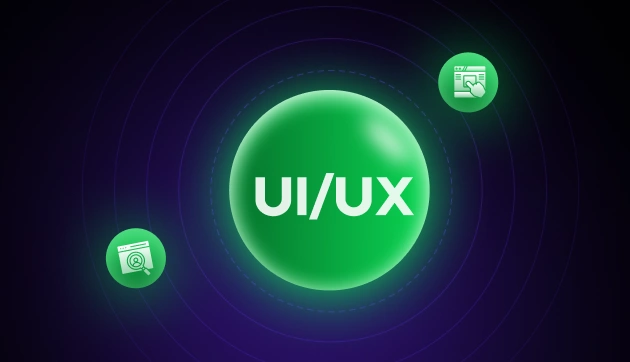
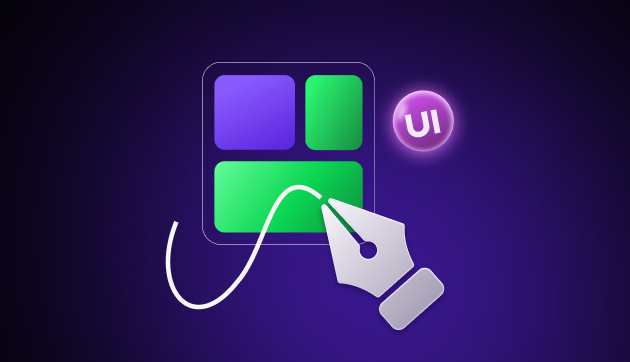

Did you enjoy this article?